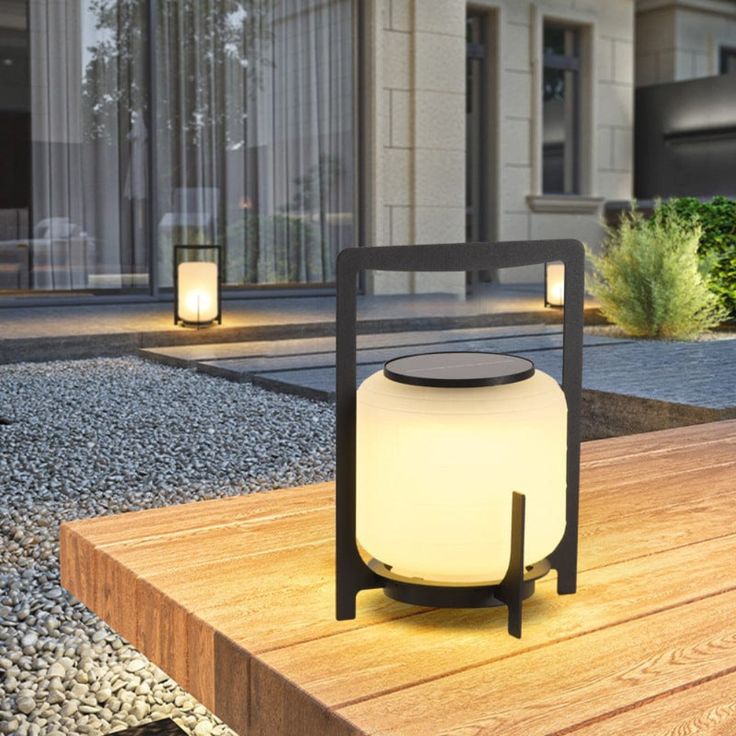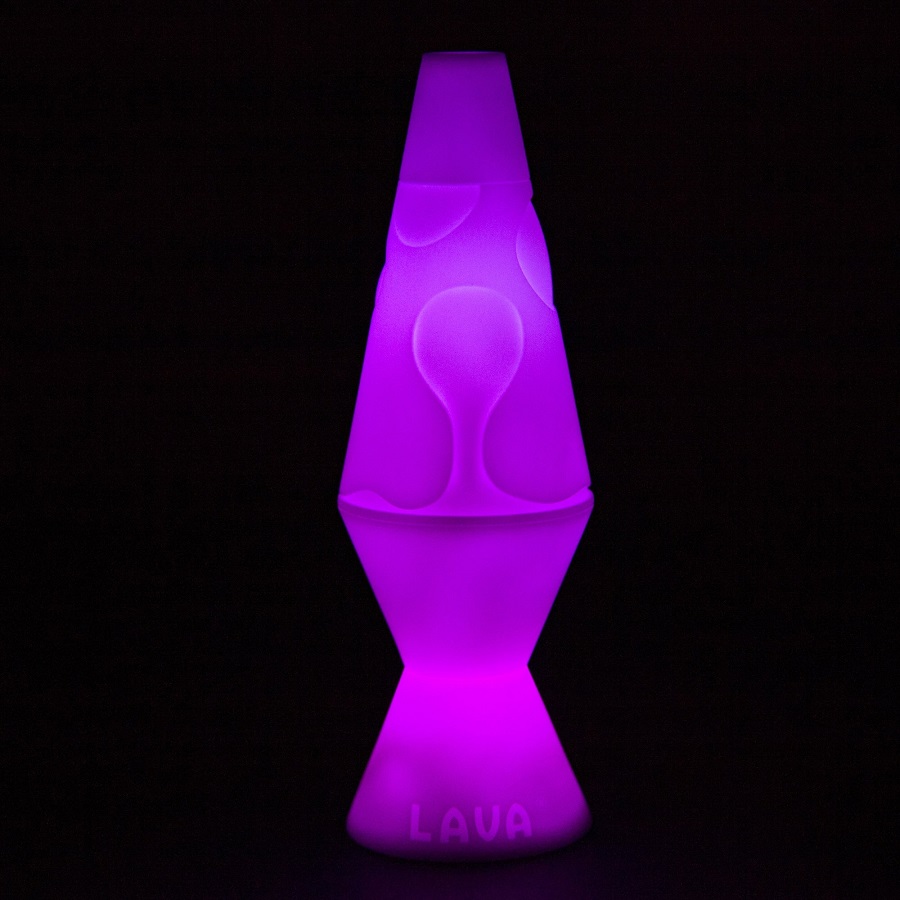 Introduction:
Introduction:
Choosing the right size chandelier for your dining room is essential for creating a balanced and visually appealing lighting arrangement. A chandelier serves as a statement piece and provides both illumination and aesthetic value to the space. Determining the appropriate size requires consideration of the dining room dimensions, table size, and overall design scheme.
When selecting a chandelier for a dining room, there are various types and materials to consider. Here are some examples:
Types of Chandeliers for Dining Rooms:
Traditional Chandeliers:
Traditional chandeliers feature classic designs with intricate details and often incorporate crystal accents. They provide an elegant and formal look, making them suitable for traditional or formal dining rooms.
Modern/Contemporary Chandeliers:
Modern or contemporary chandeliers showcase sleek lines, geometric shapes, and innovative materials. They offer a more minimalist and streamlined look, making them suitable for modern or contemporary dining rooms.
Transitional Chandeliers:
Transitional chandeliers bridge the gap between traditional and contemporary styles. They combine elements of both, featuring a blend of classic and modern design elements. Transitional chandeliers can work well in a variety of dining room settings.
Rustic/Farmhouse Chandeliers:
Rustic or farmhouse chandeliers have a more casual and rustic appearance. They often feature natural materials like wood or wrought iron, providing a warm and cozy ambiance in a farmhouse-style or rustic-themed dining room.
Crystal Chandeliers:
Crystal chandeliers, with their sparkling crystals and elegant designs, create a glamorous and luxurious atmosphere. They are popular choices for formal dining rooms or those seeking a touch of opulence.They also complement the elegant Lego flowers.
Materials Used in Chandeliers for Dining Rooms:
Crystal: Crystal chandeliers are renowned for their timeless beauty. They often feature glass or crystal prisms that reflect and refract light, creating a dazzling display.
Metal: Metal chandeliers are versatile and widely used in dining rooms. Materials like brass, bronze, chrome, or nickel can be crafted into various designs, from traditional to contemporary, to suit different styles.
Glass: Glass chandeliers can feature clear, colored, or frosted glass elements. They can provide a sleek and modern look or a vintage charm, depending on the design and finish.
Wood: Wooden chandeliers, often made from materials like reclaimed wood or driftwood, add a rustic or natural touch to a dining room. They work well in farmhouse or cottage-style dining rooms.
Fabric: Some chandeliers incorporate fabric shades or drum shades to soften the lighting and add a touch of elegance. These shades can be made from materials like silk, linen, or organza.
It’s important to consider the overall style and decor of your dining room when choosing a chandelier, as well as the desired ambiance and lighting effect you want to achieve. Select a chandelier that complements the space and enhances the dining experience.
Table Size and Room Dimensions:
what size chandelier for dining room?
Table Width: Choose a chandelier that is approximately one-half to two-thirds the width of the dining table.
Table Length: Consider the length of the table when selecting the size of the chandelier. The chandelier should visually fill the space above the table without looking crowded or overwhelming.
Room Size: Take into account the overall size of the dining room. A larger room may require a larger chandelier to maintain visual balance and provide adequate illumination.
Chandelier Height:
Ceiling Height: Measure the distance from the ceiling to the top of the dining table. The bottom of the chandelier should hang approximately 30 to 36 inches above the table surface to provide ample headroom and maintain a clear line of sight across the table.
Eye Level Rule: Ensure that the chandelier does not obstruct the line of sight or create visual discomfort. The height should allow for easy conversation and unobstructed views across the table.
Visual Impact and Aesthetics:
Proportions: Consider the proportions of the chandelier in relation to the table and the dining room. It should complement the size and shape of the table without overpowering the space.
Design Style: Choose a chandelier that fits the overall design style of the dining room. For traditional or formal spaces, opt for chandeliers with intricate details and ornate designs. Modern or minimalist dining rooms may benefit from sleek and streamlined chandelier designs.
Multiple Chandeliers or Linear Chandeliers:
Large Dining Rooms: In a spacious dining room, multiple chandeliers or a linear chandelier arrangement can create a dramatic effect and provide balanced lighting coverage.
Linear Table Shapes: For rectangular or oval tables, consider using a linear chandelier that extends parallel to the table’s length to maintain visual proportion.
Ceiling Height Considerations:
what size chandelier for dining room?Standard Ceilings: In rooms with standard ceiling heights (8 to 9 feet), choose a chandelier that does not hang too low and creates a sense of balance within the space.
Higher Ceilings: For rooms with higher ceilings, you can opt for a larger chandelier or choose a design that features a taller or more elongated shape.
Installation Tips:
Hanging Height Adjustments: Some chandeliers allow for adjustable hanging heights. Use this feature to customize the height according to your specific dining room dimensions and aesthetics.
Centering the Chandelier: Ensure that the chandelier is centered over the table to create a visually balanced and cohesive look.
Dimmer Switches: Install dimmer switches to control the brightness and create the desired ambiance for different occasions and moods.
Professional Assistance:
If you are unsure about determining the appropriate size or installation process, consult a professional lighting designer or interior designer for guidance and advice specific to your dining room.
Cleaning a chandelier for a dining room requires careful attention to detail to preserve its appearance and functionality.
Here are some steps to clean a chandelier:
Safety First:
Before cleaning the chandelier, turn off the power to the light fixture. This can be done by switching off the circuit breaker or using the light switch to turn off the power supply. This ensures safety during the cleaning process.
Preparation:
Lay down a drop cloth or plastic sheet under the chandelier to catch any drips or debris that may fall during cleaning. This helps protect the dining room furniture or floor from potential damage.
Remove or Protect Bulbs:
If possible, remove the bulbs from the chandelier to prevent them from getting damaged or wet during the cleaning process. If the bulbs cannot be removed, cover them with plastic or use plastic wrap to protect them from moisture and cleaning agents.
Dusting:
Start by dusting the chandelier using a soft, lint-free cloth or a feather duster. Gently wipe each part of the chandelier, including the frame, crystals, or glass elements, to remove loose dust and debris.
Cleaning Solution:
Prepare a cleaning solution suitable for the chandelier’s material. Use a non-abrasive cleaning solution specifically designed for chandeliers or delicate surfaces. Avoid using harsh chemicals or abrasive cleaners that may damage the finish or materials. Follow the manufacturer’s instructions regarding the appropriate cleaning solution to use.
Cleaning Crystals or Glass:
For crystal or glass elements, dampen a soft cloth with the cleaning solution and gently wipe each crystal or glass piece. Avoid excessive moisture that could seep into electrical components. If there are intricate or hard-to-reach areas, consider using a soft-bristled brush or a cotton swab soaked in the cleaning solution.
Drying:
After cleaning, carefully dry the chandelier using a clean, soft cloth. Ensure that all parts, including crystals or glass elements, are completely dry before turning the power back on.
Reassemble and Restore Power:
Once the chandelier is dry, reassemble any removed parts and restore power to the light fixture.
It’s essential to follow the manufacturer’s instructions for cleaning and maintenance, as different chandeliers may have specific cleaning requirements. Regular maintenance and cleaning will help preserve the chandelier’s appearance and ensure safe operation. If in doubt or for complex chandeliers, consider hiring a professional for thorough cleaning and maintenance.
Conclusion:
what size chandelier for dining room?Selecting the right size chandelier for your dining room is crucial for achieving a balanced and visually appealing lighting arrangement. By considering the table size, room dimensions, and ceiling height, you can determine the appropriate proportions for your chandelier. Remember to maintain proper hanging height, line of sight, and visual balance within the dining room. Follow the guidelines outlined in this comprehensive guide to select a chandelier that enhances the ambiance and aesthetics of your dining space. It complements the surrounding ornaments such as vases and timer locks.Enjoy the beauty and functionality provided by a properly sized chandelier that illuminates your dining experiences.






